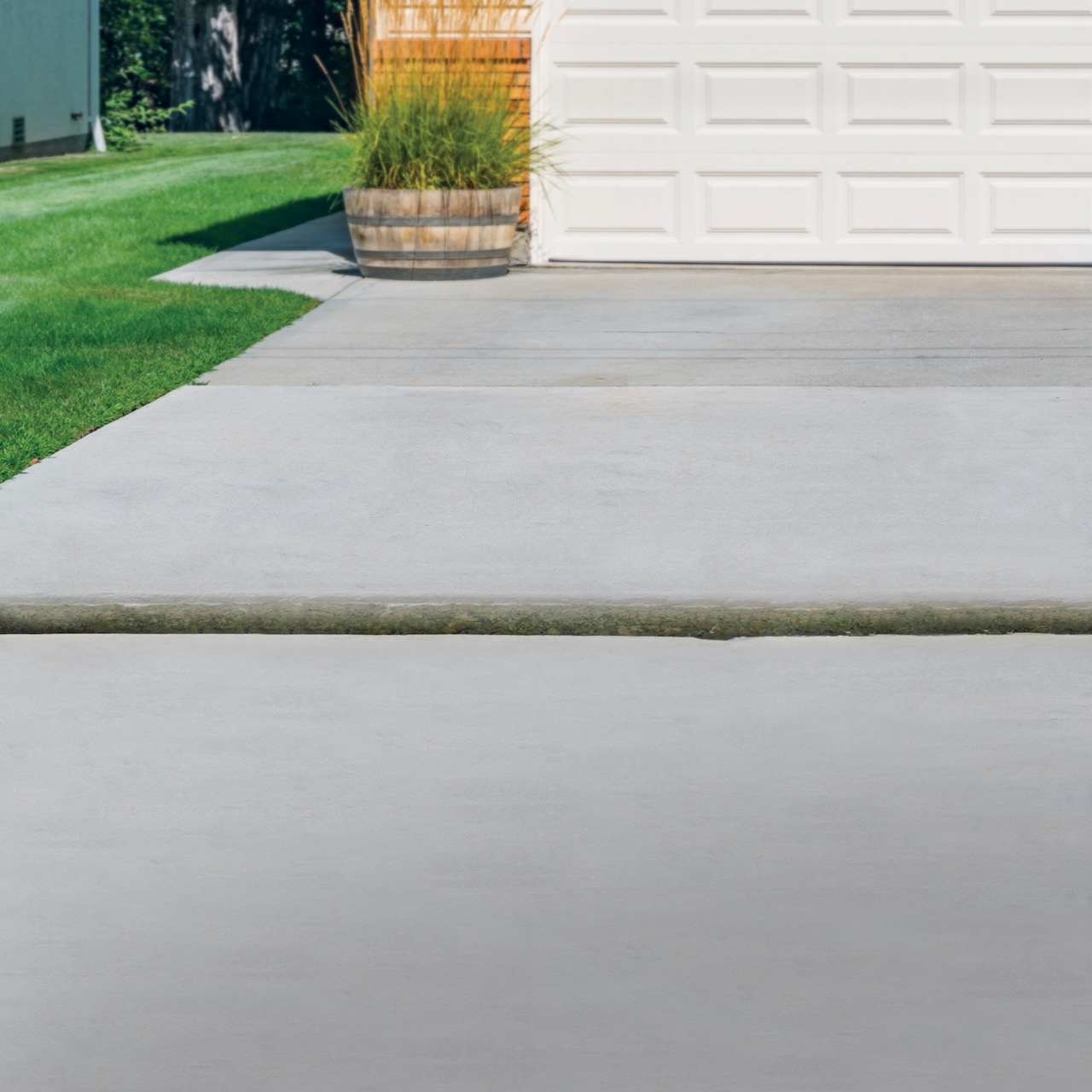

Articles
How To Level A Driveway
Modified: December 7, 2023
Discover the best articles on how to level your driveway. Find step-by-step guides, expert tips, and practical advice to achieve a smooth and safe surface.
(Many of the links in this article redirect to a specific reviewed product. Your purchase of these products through affiliate links helps to generate commission for Storables.com, at no extra cost. Learn more)
Introduction
Welcome to our comprehensive guide on how to level a driveway. Keeping your driveway in proper condition is essential for both practical and aesthetic reasons. A level driveway not only ensures smooth and safe vehicle access but also enhances the overall appearance of your property.
Over time, driveways can become uneven due to various factors such as settling soil, tree root growth, or weather conditions. Uneven surfaces can lead to water pooling, causing damage and deterioration. Leveling your driveway not only fixes these issues but also extends its lifespan, saving you from costly repairs down the line.
In this article, we will walk you through the steps involved in leveling a driveway, from assessing the situation to the final touches and clean-up. Whether you have an asphalt or concrete driveway, the techniques and principles remain the same. So, let’s get started!
Note: Before starting any driveway leveling project, it’s important to check with your local authorities or homeowner association for any permits, guidelines, or restrictions that may apply.
Key Takeaways:
- Proper driveway leveling is crucial for safety and aesthetics. Assess, gather materials, prepare, level, and finish with care to achieve a smooth and durable surface.
- Thorough preparation, attention to detail, and final touches are essential for a successful driveway leveling project. Prioritize safety and enjoy a well-leveled driveway!
Read more: How To Level A Gravel Driveway
Assessing the Situation
The first step in leveling a driveway is assessing the current situation. This involves inspecting the driveway for any visible signs of unevenness or damage. Look for areas where water pools or divots form, as these are clear indicators of an unlevel surface.
Walk along the entire length of the driveway, paying close attention to any noticeable height differences or uneven slopes. Use a measuring tape or a level tool to determine the extent of the problem. Take note of any potential obstacles, such as tree roots or underground utilities, that may affect the leveling process.
Additionally, consider the underlying cause of the unevenness. If the driveway is built on unstable soil or has been subjected to excessive weight or physical stress, the root cause should be addressed to prevent future issues. Understanding the underlying problem will help guide your approach to leveling the driveway.
If the unevenness is minor, it may be possible to fix the issue with a simple resurfacing or filling. However, if the driveway has significant areas of deterioration or major slopes, a more extensive leveling process may be required.
Remember, safety is paramount when assessing the situation. Ensure the driveway is clear of any debris or loose materials that can pose a tripping hazard. Take caution while inspecting slopes to prevent falls or accidents.
Once you have assessed the situation and are familiar with the extent of the unevenness, it’s time to gather the necessary materials and tools for the leveling process.
Gathering Materials and Tools
Before you begin leveling your driveway, it’s important to gather all the necessary materials and tools. Having everything prepared ahead of time will help streamline the process and ensure that you can work efficiently.
Here are some materials and tools you will likely need:
- Shovel: A sturdy shovel is essential for removing any debris, loose soil, or grass that may be present on the driveway surface.
- Wheelbarrow: A wheelbarrow will come in handy for transporting materials, such as fresh fill dirt or gravel, to the desired locations.
- Measuring tape: A measuring tape or a long ruler will help you accurately assess the levelness of the driveway, especially when determining height differences.
- Level: A level tool, whether it’s a traditional bubble level or a laser level, will assist you in determining the slope and identifying areas that need adjustment.
- Dirt or gravel: Depending on the extent of the unevenness, you may need fill dirt or gravel to bring low spots to the desired level. Ensure that the dirt or gravel is of high quality and suitable for your specific driveway type.
- Compactor: A compactor or tamper is often necessary to compact the fill dirt or gravel to ensure stability and prevent future settling.
- Safety gear: Don’t forget to prioritize your safety. Wear work gloves, safety goggles, and a dust mask to protect yourself from any potential hazards.
It’s a good idea to make a checklist of all the materials and tools required for the project. This way, you can ensure that you have everything on hand before you start. If you’re missing any items, make a trip to the local hardware store to acquire them.
Once you have gathered all the necessary materials and tools, you’re ready to move on to the next step: preparing the driveway for leveling.
Preparing the Driveway
Preparation is key to achieving a successful and long-lasting driveway leveling. Before you begin the leveling process, there are specific steps you should take to ensure the driveway is ready for the necessary adjustments:
- Clean the driveway: Start by thoroughly cleaning the driveway surface. Remove any loose debris, such as leaves, dirt, or gravel. Use a broom or leaf blower to clear the area, and consider using a pressure washer for a more thorough clean.
- Repair any cracks or damage: Inspect the driveway for cracks, potholes, or other forms of damage. If you come across any, fill them in using an appropriate driveway repair compound. Allow the compound to dry completely before proceeding.
- Remove obstructions: Clear the driveway of any obstacles, such as vehicles, potted plants, or outdoor furniture. This will give you ample space to work and prevent any potential damages to these items during the leveling process.
- Mark the problem areas: Identify the specific areas that require leveling. Use a marking tool, such as spray paint or chalk, to outline these sections. This will serve as a visual guide as you work on adjusting the slope and levelness.
- Water the driveway: If your driveway is made of asphalt, consider wetting it down with water. This will make the surface easier to work with, especially when dealing with hot weather conditions. It will also help the fill materials bond better.
Taking the time to properly prepare the driveway will ensure better results and make the leveling process smoother. Clearing the surface of debris and repairing any damage will create a clean slate to work on and help prolong the lifespan of your driveway.
Once the driveway is thoroughly prepared, it’s time to move on to the next crucial step: leveling the driveway.
Consider using a heavy-duty metal rake to spread and level out gravel or dirt on your driveway. This will help ensure an even surface and improve the overall appearance of your driveway.
Leveling the Driveway
Now that you have assessed the situation, gathered the necessary materials and tools, and prepared the driveway, it’s time to start leveling the surface. Follow these steps to ensure a smooth and even driveway:
- Begin with the lowest area: Start by addressing the lowest point or area of the driveway first. This will establish the baseline for the rest of the leveling process. Use a shovel to remove any excess soil or debris in this section.
- Add fill material: If the low spot is minimal, you can simply add a layer of fill material, such as dirt or gravel, to bring it up to the desired level. Spread the material evenly and compact it using a compactor or tamper to ensure stability.
- Check for levelness: Use a level tool, such as a bubble level or laser level, to check that the filled area is now level. Adjust as necessary by adding or removing fill material until the surface is even.
- Move on to other problem areas: Once the lowest point is leveled, move on to other identified problem areas, following the same process of adding fill material, checking for levelness, and adjusting as needed.
- Smooth out the surface: After leveling all the problem areas, use a rake or smooth out the surface to create an even and uniform appearance. This will help with both functionality and aesthetics.
- Inspect and make final adjustments: Take a final walkthrough of the entire driveway, paying close attention to any remaining unevenness. Make any necessary adjustments to ensure a uniform and level surface.
Remember to take your time during the leveling process and double-check the levelness at each stage. This will help you achieve the desired results and prevent any future issues with your driveway.
Once you are satisfied with the levelness of your driveway, it’s time to add the final touches and clean up the surrounding area.
Read more: How Much Does Driveway Leveling Cost
Final Touches and Clean-up
As you near the completion of your driveway leveling project, there are a few final touches and clean-up steps to take to ensure a polished and professional finish:
- Compact the surface: Use a compactor or tamper to gently compact the entire surface of the leveled driveway. This will help to prevent settling and ensure a stable and durable surface.
- Smooth out any bumps or uneven spots: If you notice any small bumps or uneven spots after compacting, use a hand tamper or a wooden plank to gently tap them down until the surface is even.
- Add a new layer of sealant: Consider applying a fresh layer of sealant to protect and enhance the appearance of the driveway. Consult with a professional or your local hardware store to choose the appropriate sealant for your driveway material.
- Clean up the surrounding area: Clear away any excess debris, dirt, or fill material from the driveway and its surroundings. Dispose of the materials properly and sweep or hose down the area to leave it clean and tidy.
- Inspect the finished driveway: Take a final walk along the driveway to inspect the levelness and smoothness of the surface. Make any necessary adjustments or touch-ups to ensure a professional finish.
By paying attention to these final touches and completing the clean-up process, you will greatly enhance the overall appearance and longevity of your newly leveled driveway.
Remember, routine maintenance is important to keep your driveway in optimal condition. Regularly inspect the surface for signs of wear or settling, and make any necessary repairs promptly to prevent further damage.
With the completion of the final touches and clean-up, you have successfully leveled your driveway and can now enjoy a smooth and aesthetically pleasing entryway to your home or property.
We hope this guide has been helpful in providing you with the necessary steps to level a driveway. Remember to always prioritize safety and follow any local regulations or guidelines pertaining to driveway work.
Thank you for reading, and happy driveway leveling!
Conclusion
Leveling a driveway is not only a practical necessity but also an important aspect of maintaining the overall appearance and functionality of your property. Whether you’re dealing with an asphalt or concrete driveway, following the proper steps and techniques outlined in this guide will help you achieve a smooth and level surface.
In this comprehensive article, we covered the key steps involved in leveling a driveway. We began with assessing the situation and identifying any uneven areas or underlying issues that needed to be addressed. We then moved on to gathering the necessary materials and tools, ensuring that everything was readily available before starting the project.
Next, we discussed the importance of preparing the driveway by cleaning the surface, repairing any cracks or damage, and marking the problem areas. Proper preparation sets the stage for a successful leveling process.
We then delved into the actual driveway leveling, providing a step-by-step guide on how to level the surface by adding fill material, checking for levelness, and making necessary adjustments along the way. Taking your time during this process and ensuring thoroughness will result in a high-quality and long-lasting leveled driveway.
Finally, we discussed the final touches and clean-up necessary to achieve a polished and professional finish. Compacting the surface, smoothing out any bumps or uneven spots, applying a sealant, and cleaning up the surrounding area are all crucial steps to complete the leveling project.
By following this guide and taking the time to properly level your driveway, you can benefit from a smooth, safe, and visually appealing entryway to your property. Regular maintenance and prompt repairs will help preserve the leveled surface and extend its lifespan.
We hope that this article has provided you with valuable insights and guidance on how to level a driveway. Remember to prioritize safety throughout the process and consult with professionals when necessary. With the right approach, you can achieve a well-leveled driveway that adds value and curb appeal to your home or property.
Thank you for reading, and best of luck with your driveway leveling project!
Frequently Asked Questions about How To Level A Driveway
Was this page helpful?
At Storables.com, we guarantee accurate and reliable information. Our content, validated by Expert Board Contributors, is crafted following stringent Editorial Policies. We're committed to providing you with well-researched, expert-backed insights for all your informational needs.
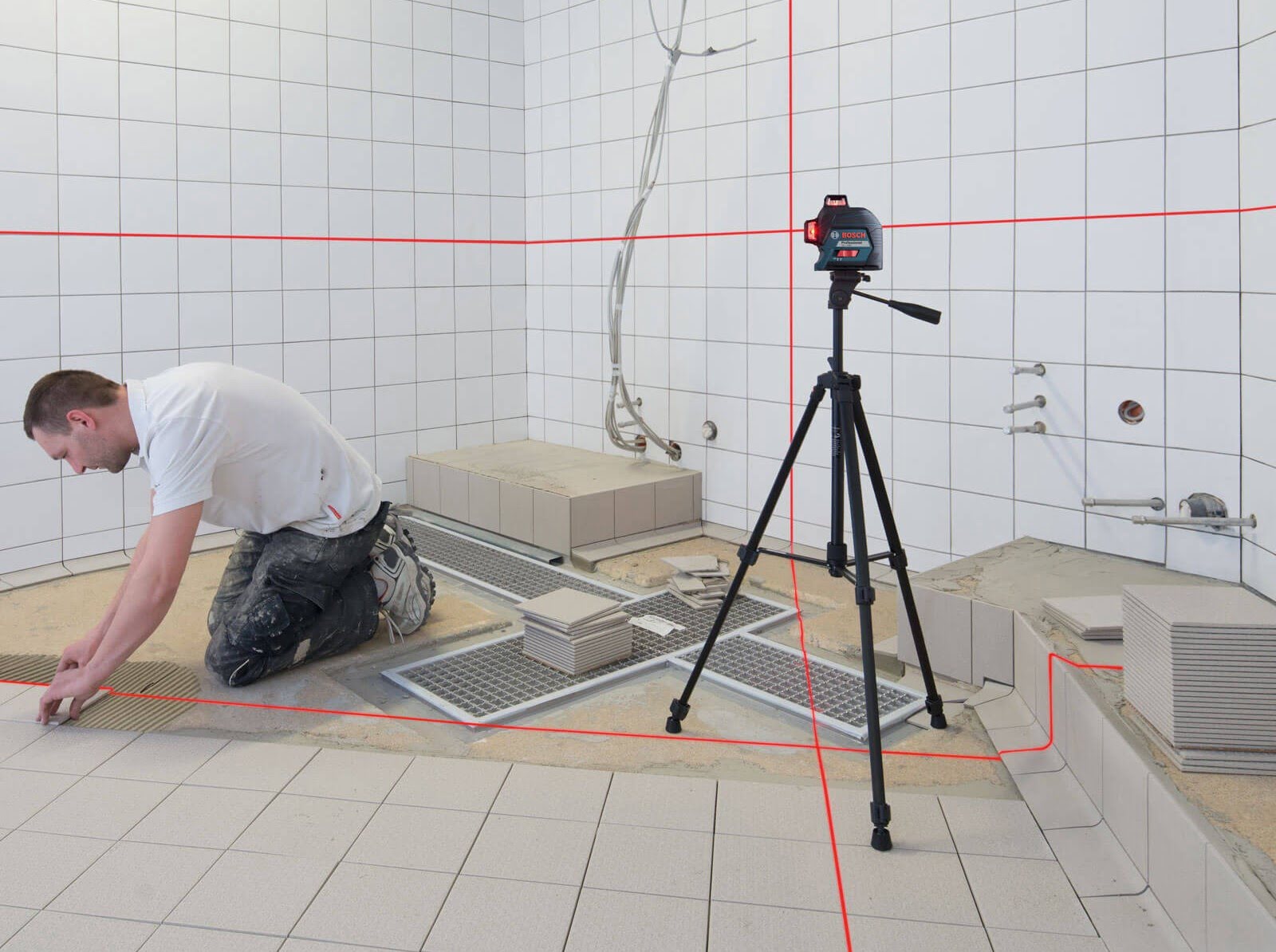
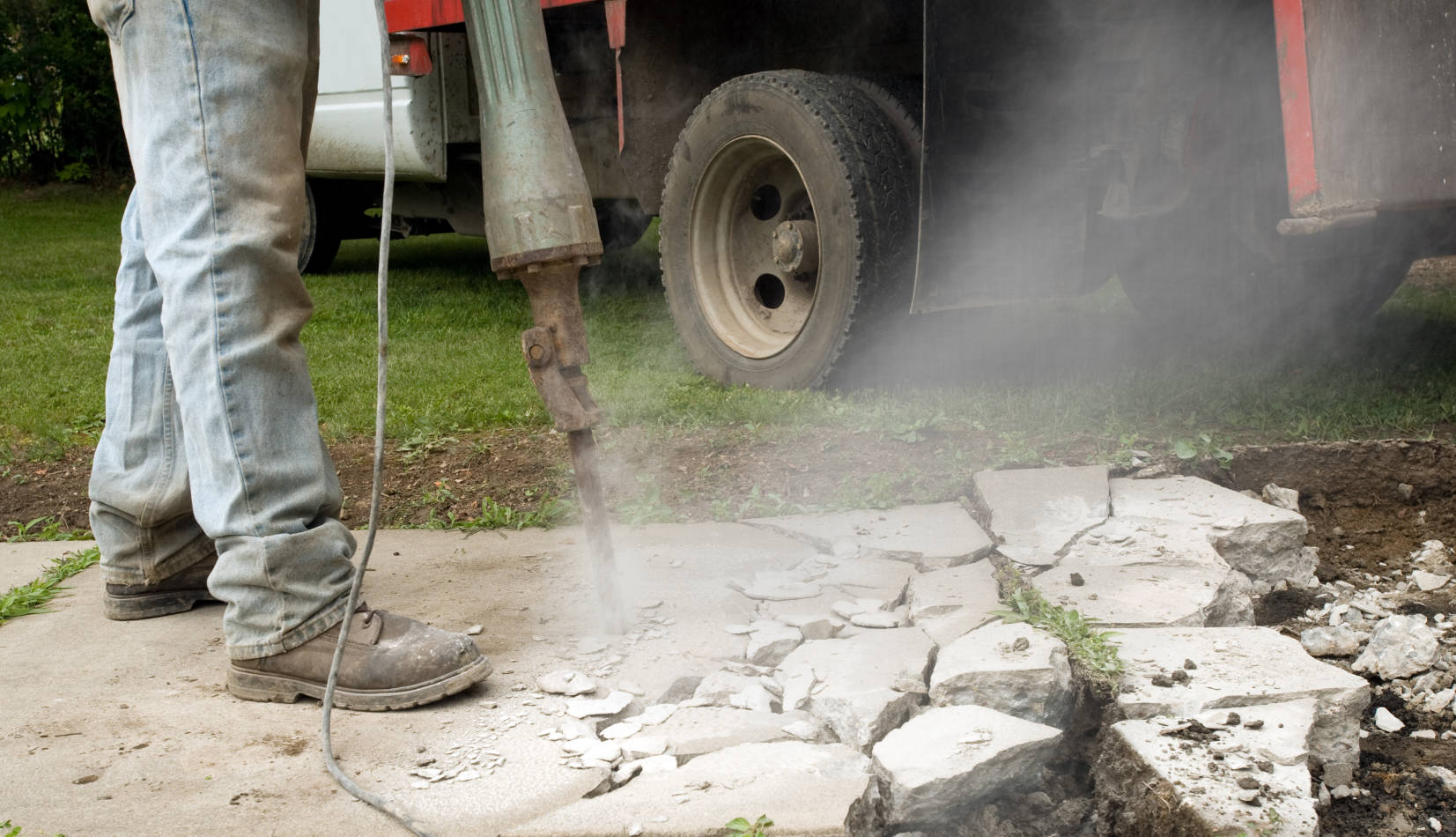
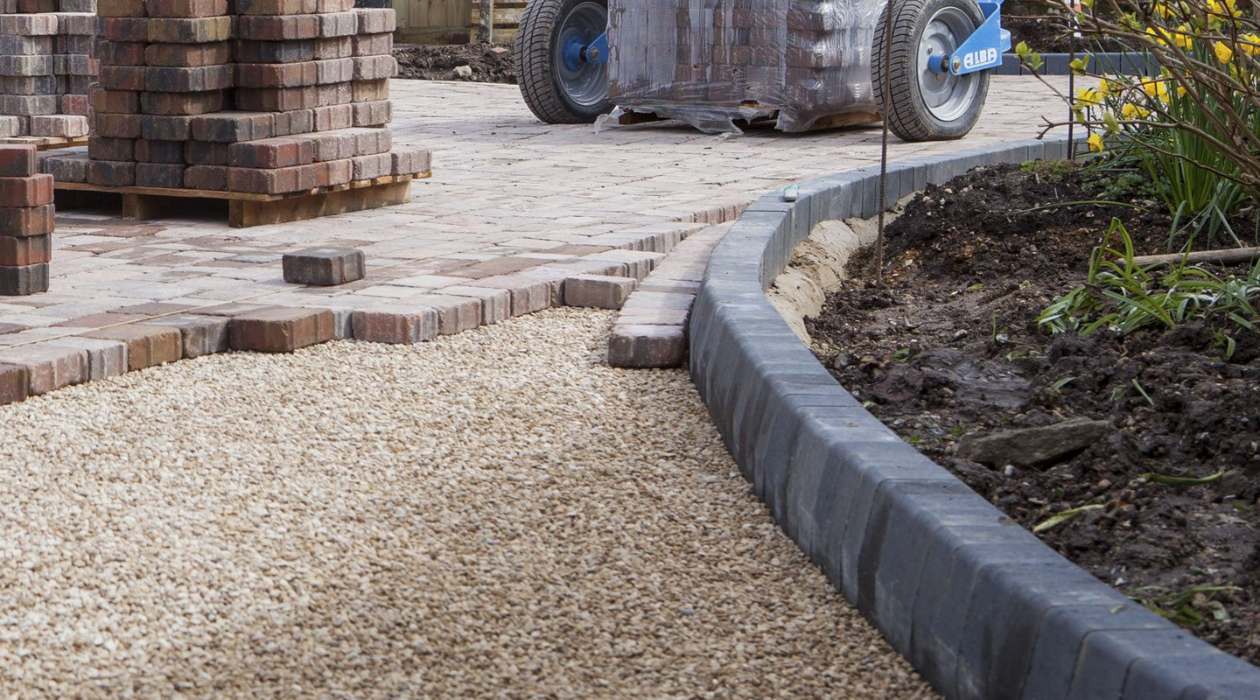
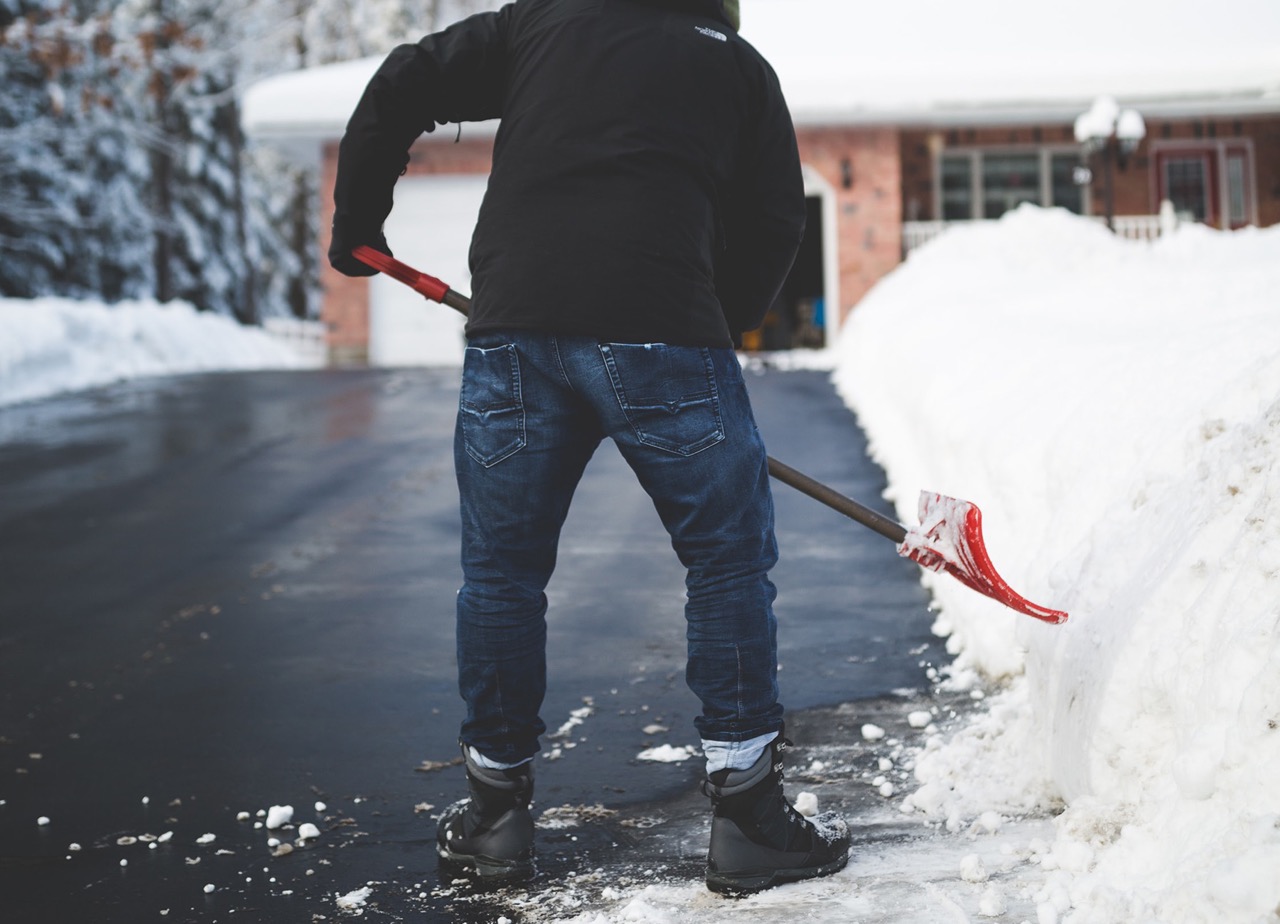
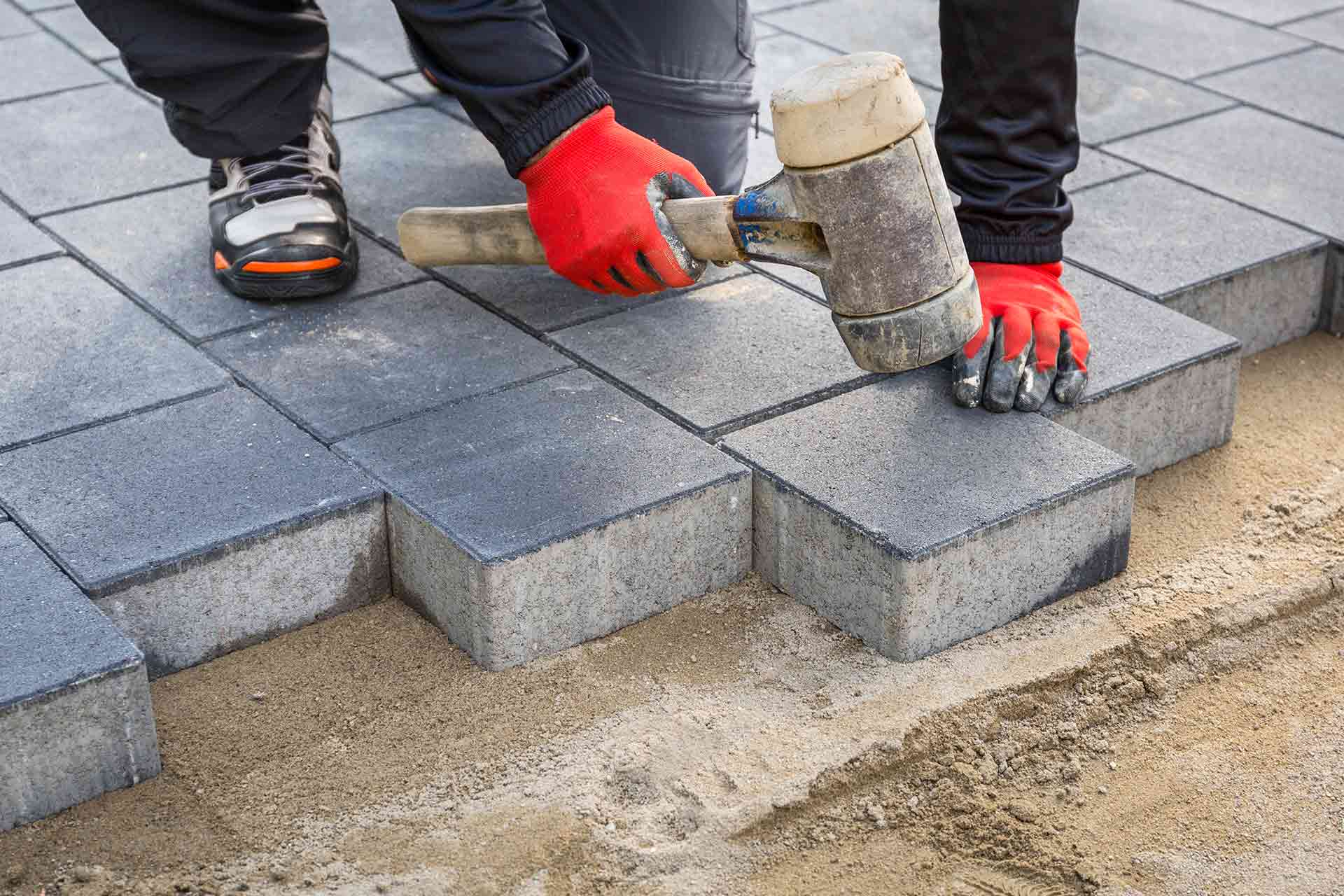
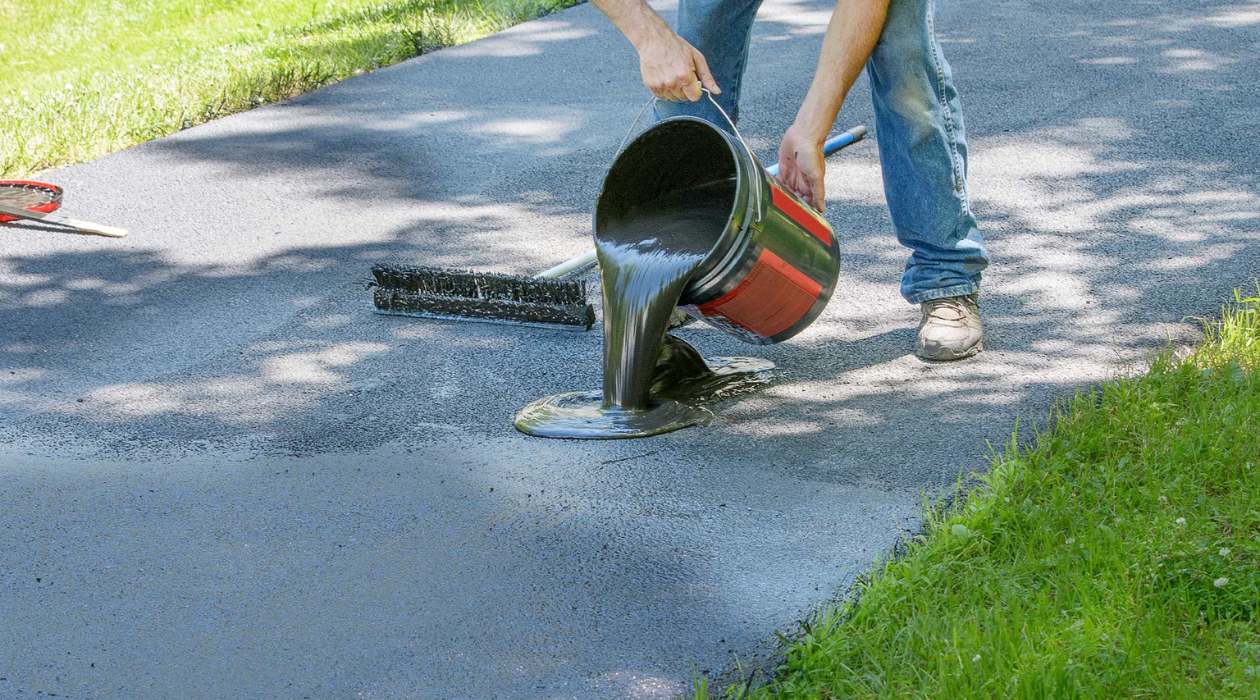
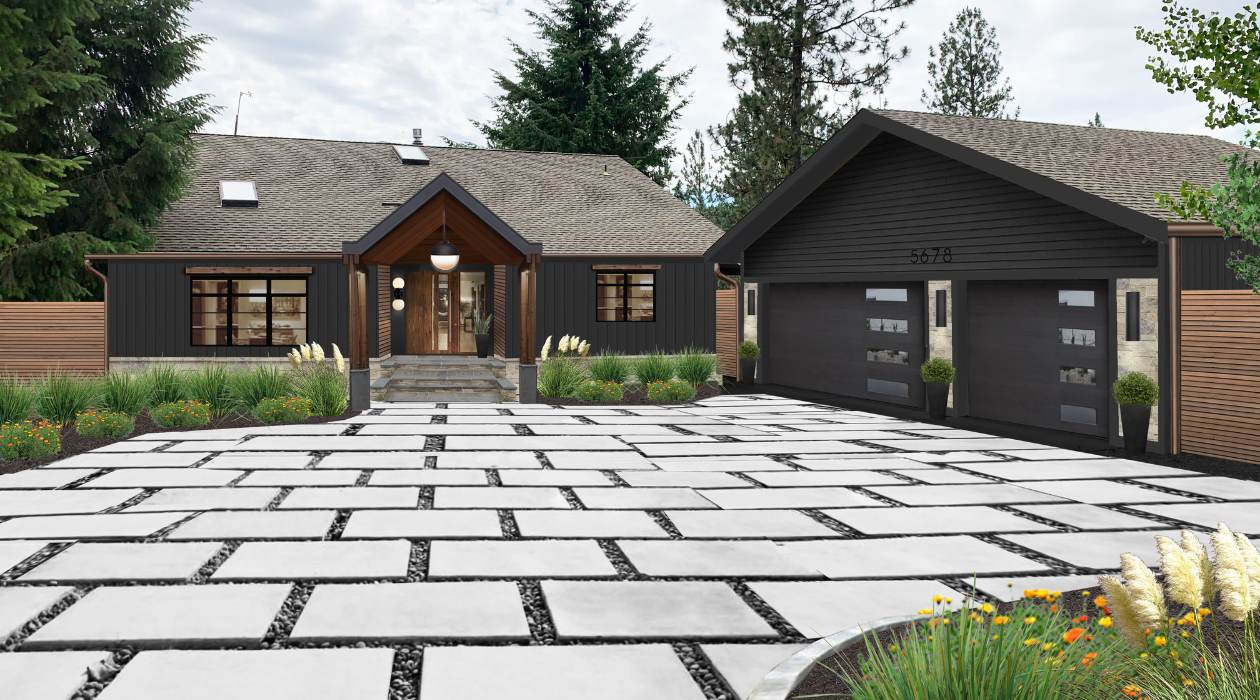
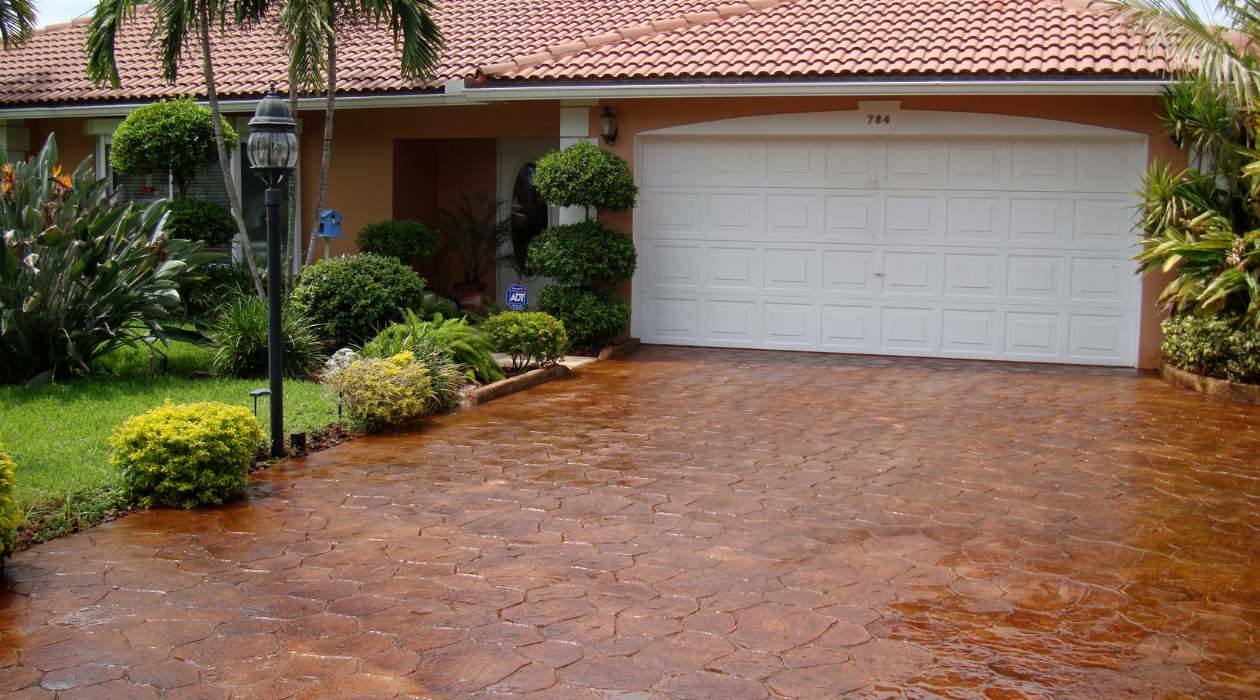


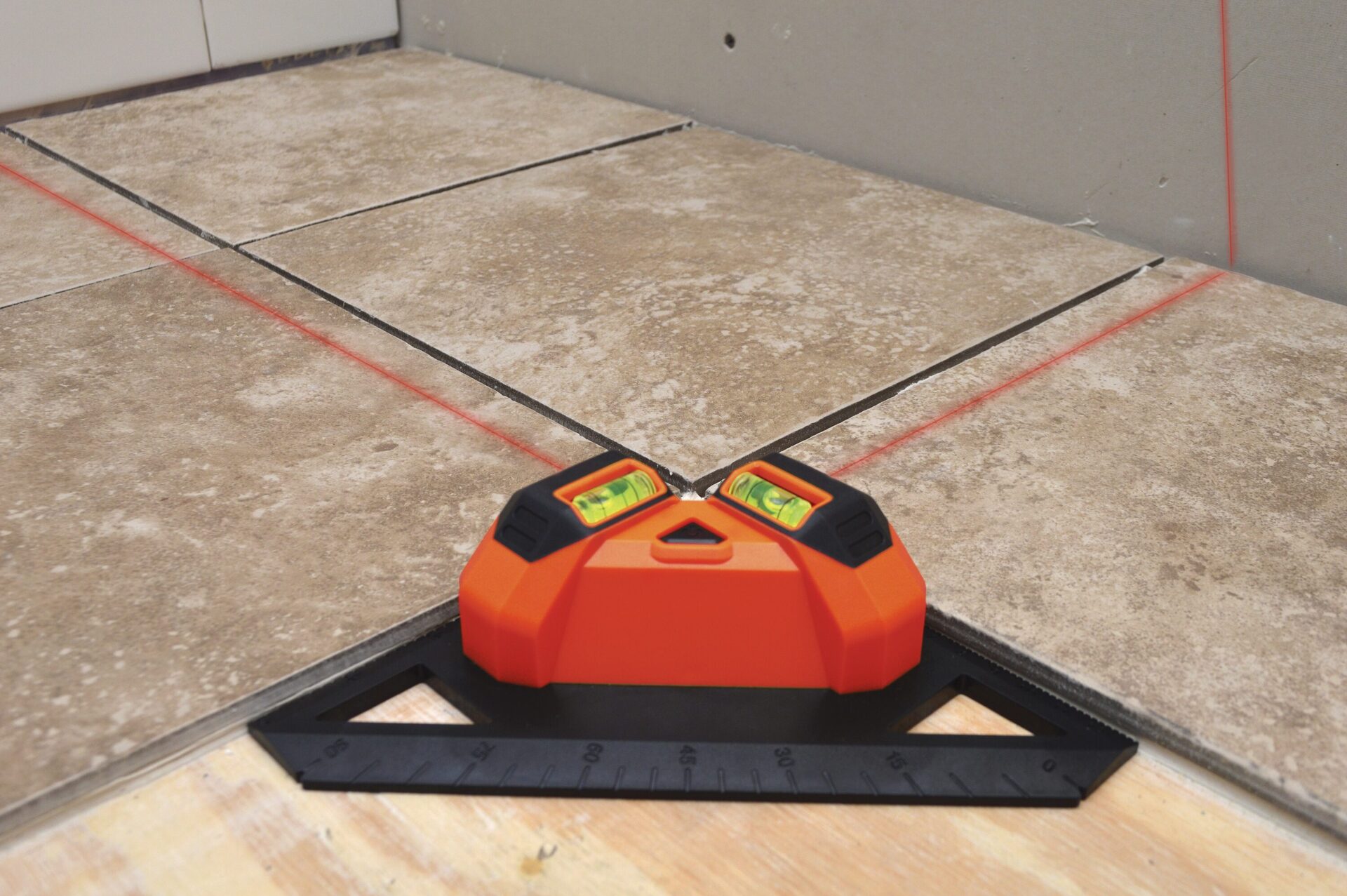
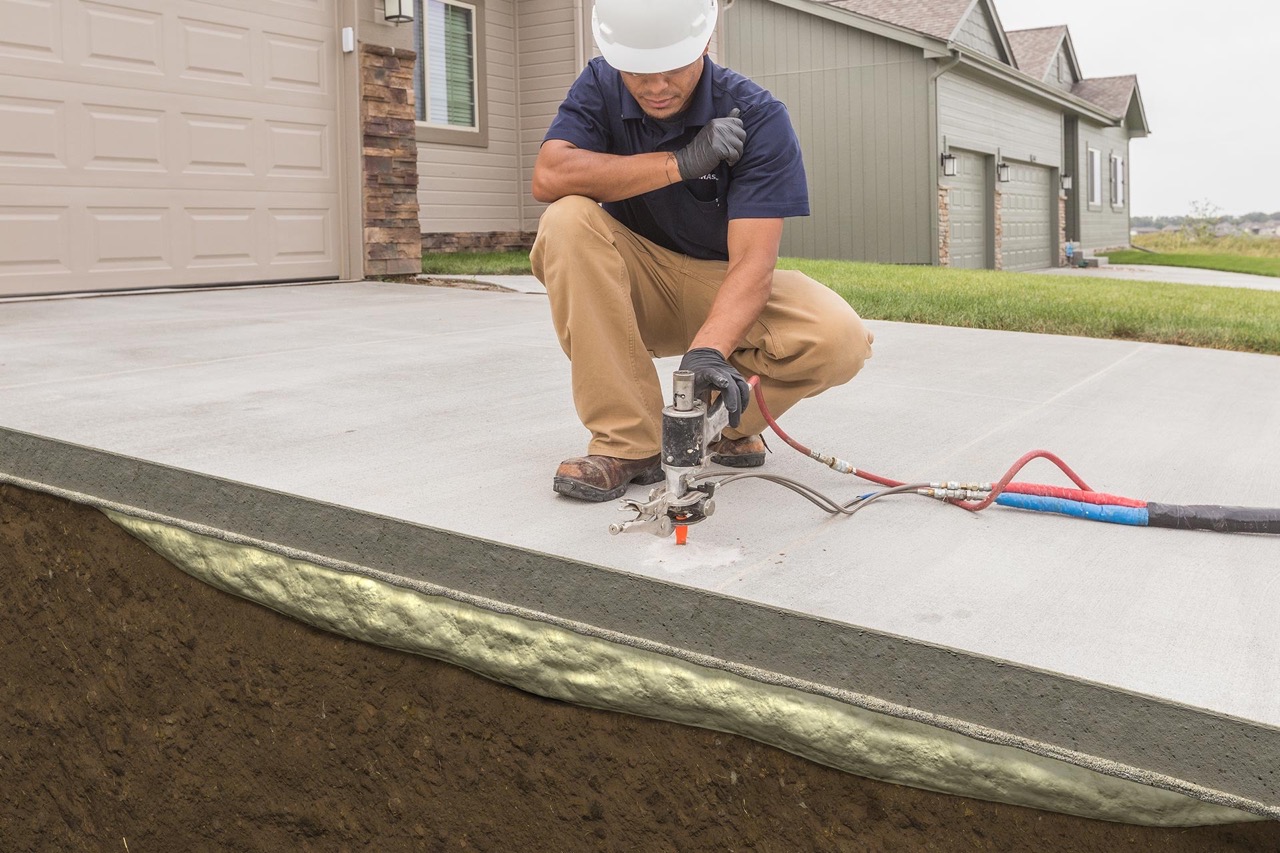
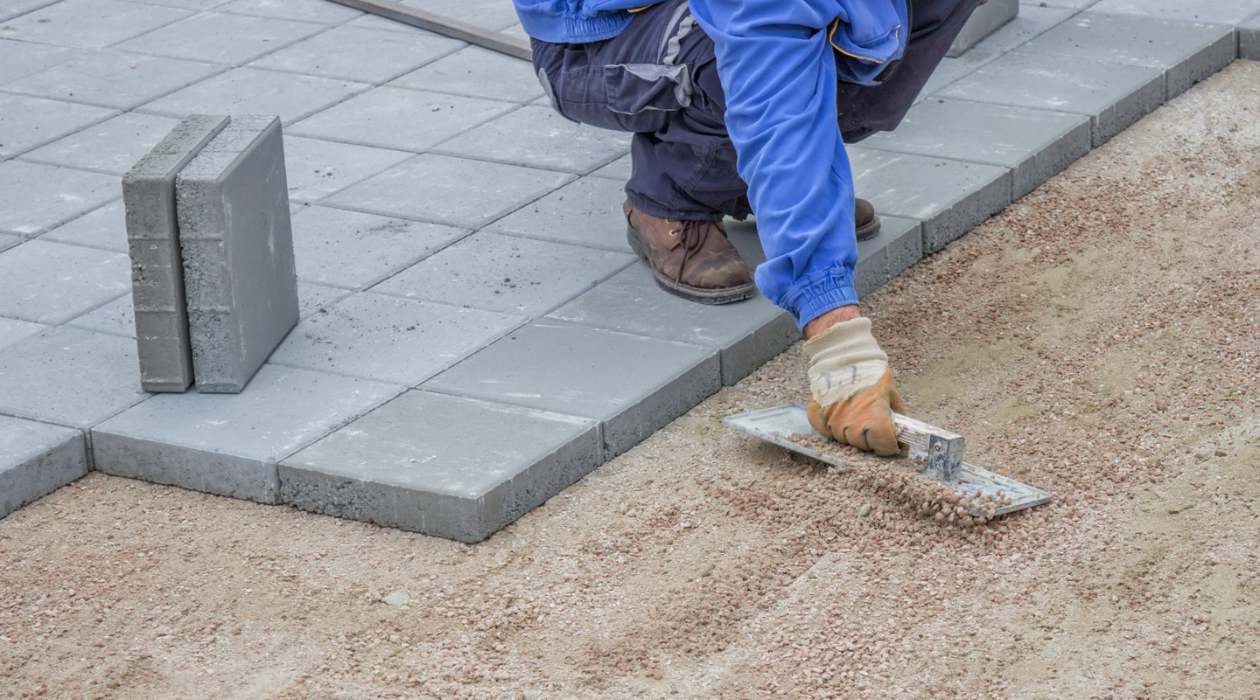
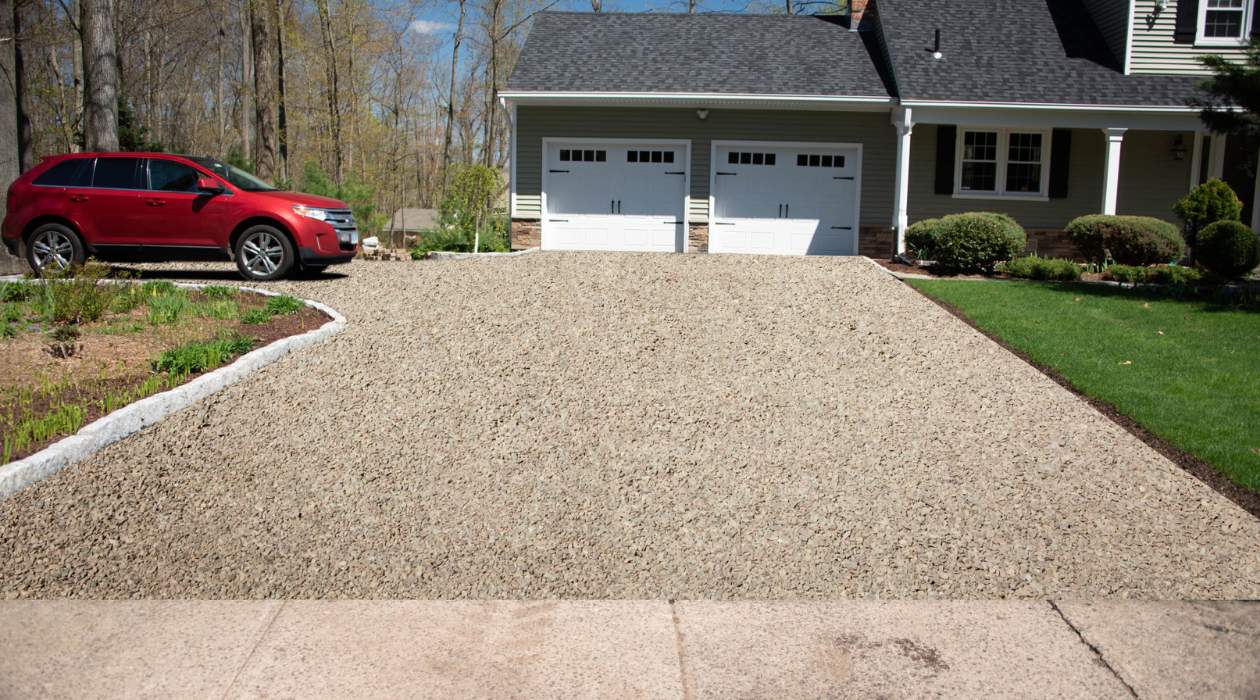

0 thoughts on “How To Level A Driveway”